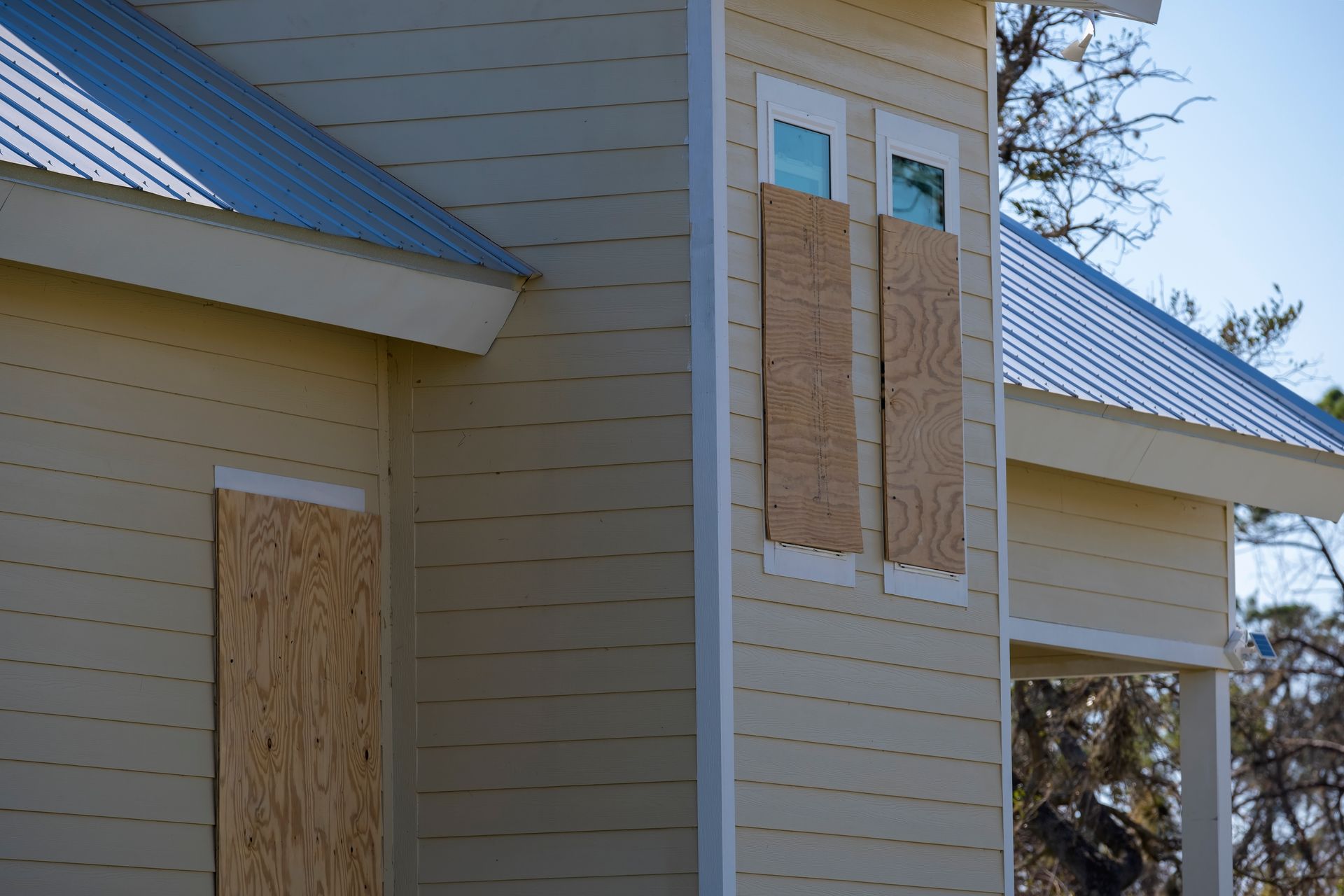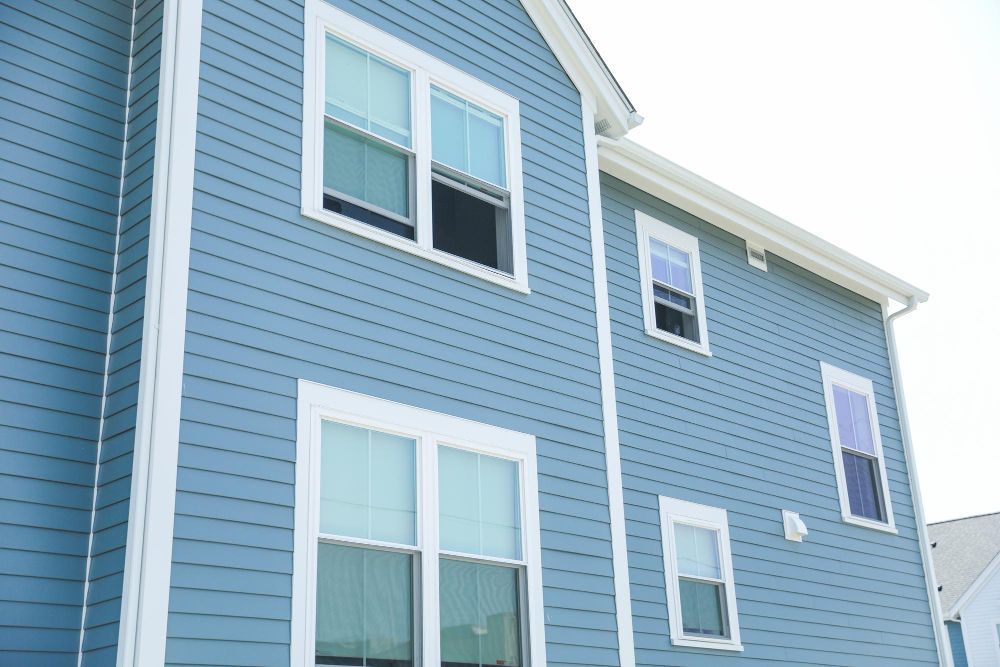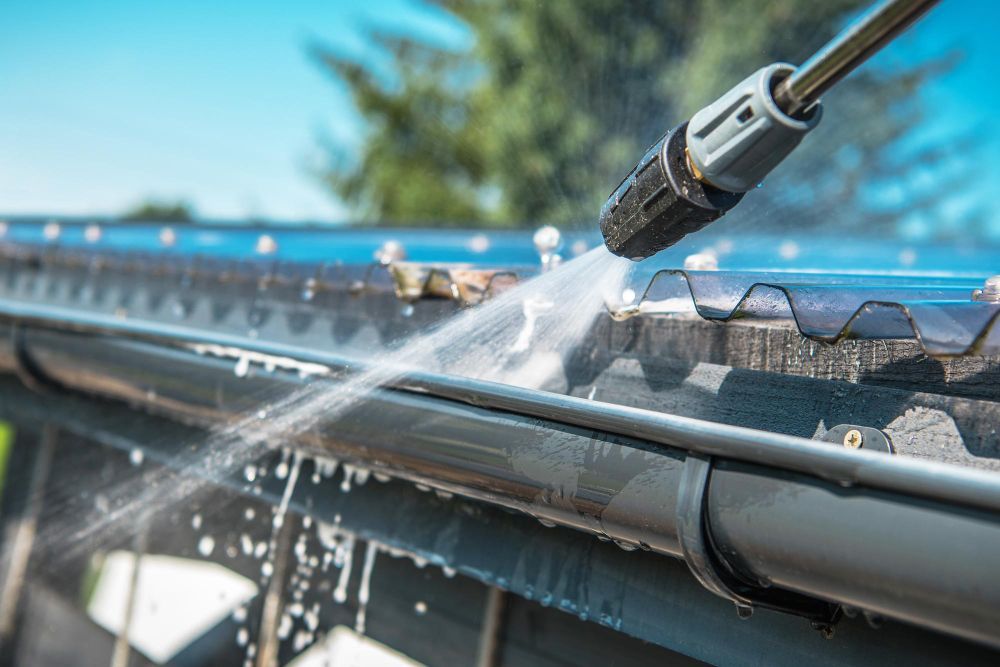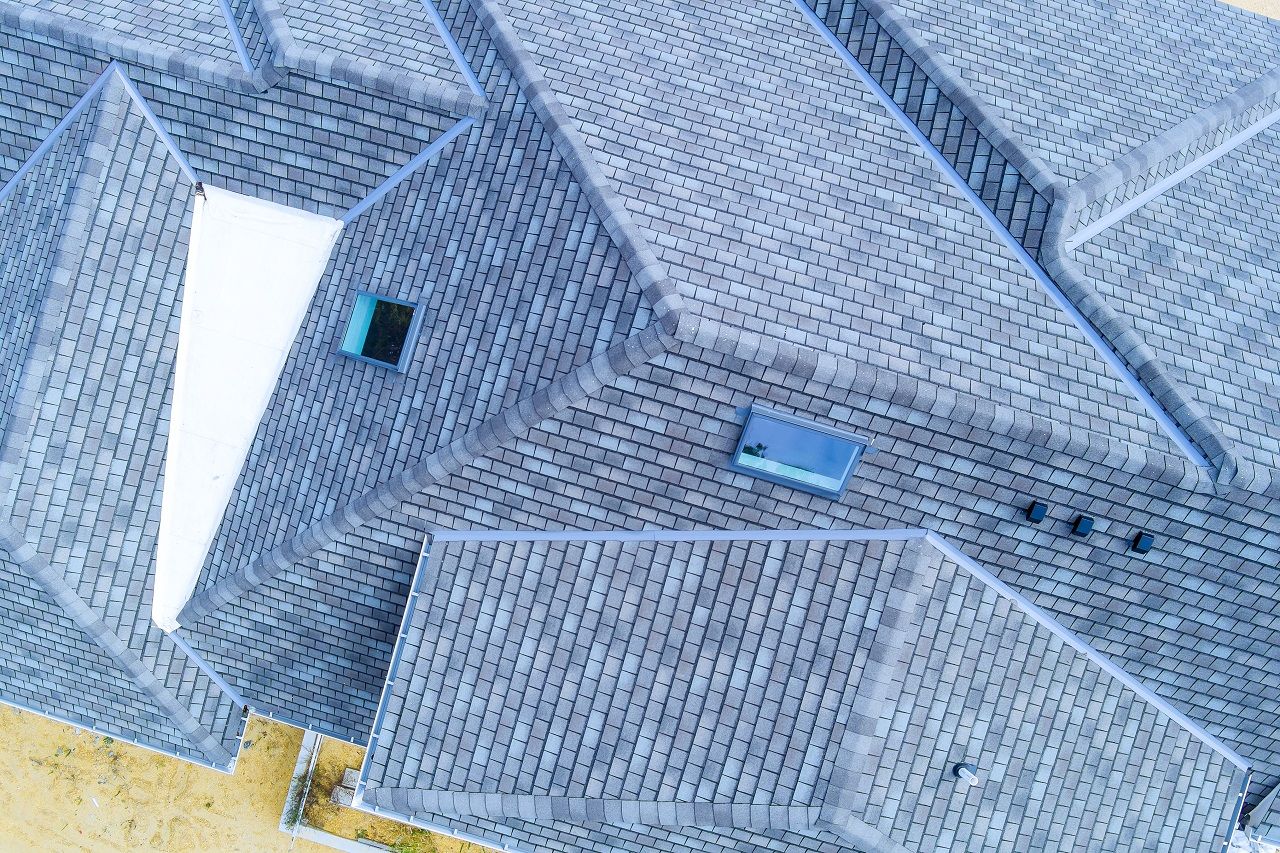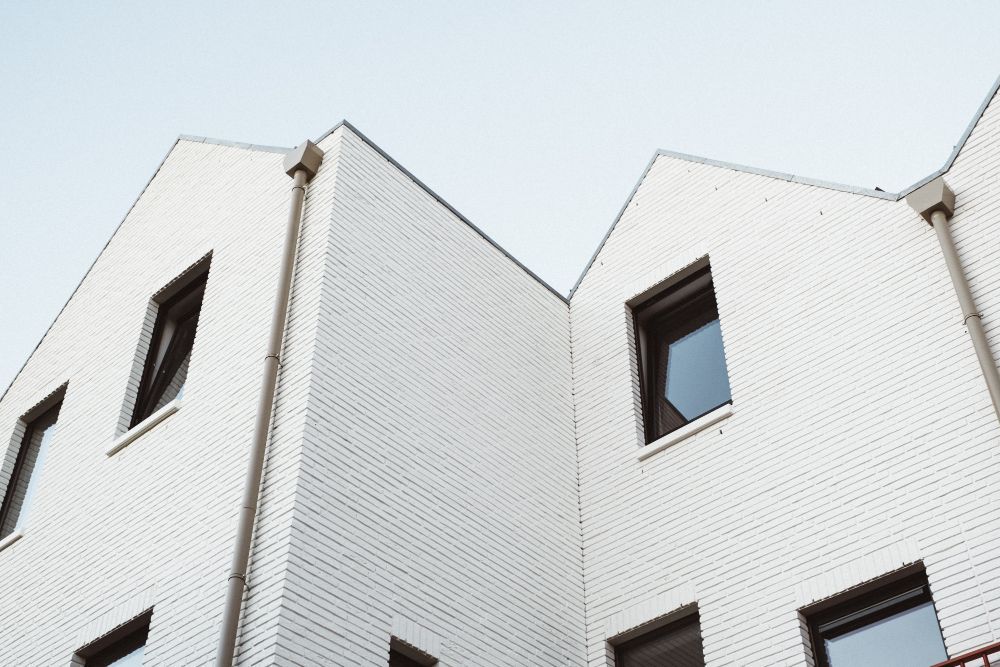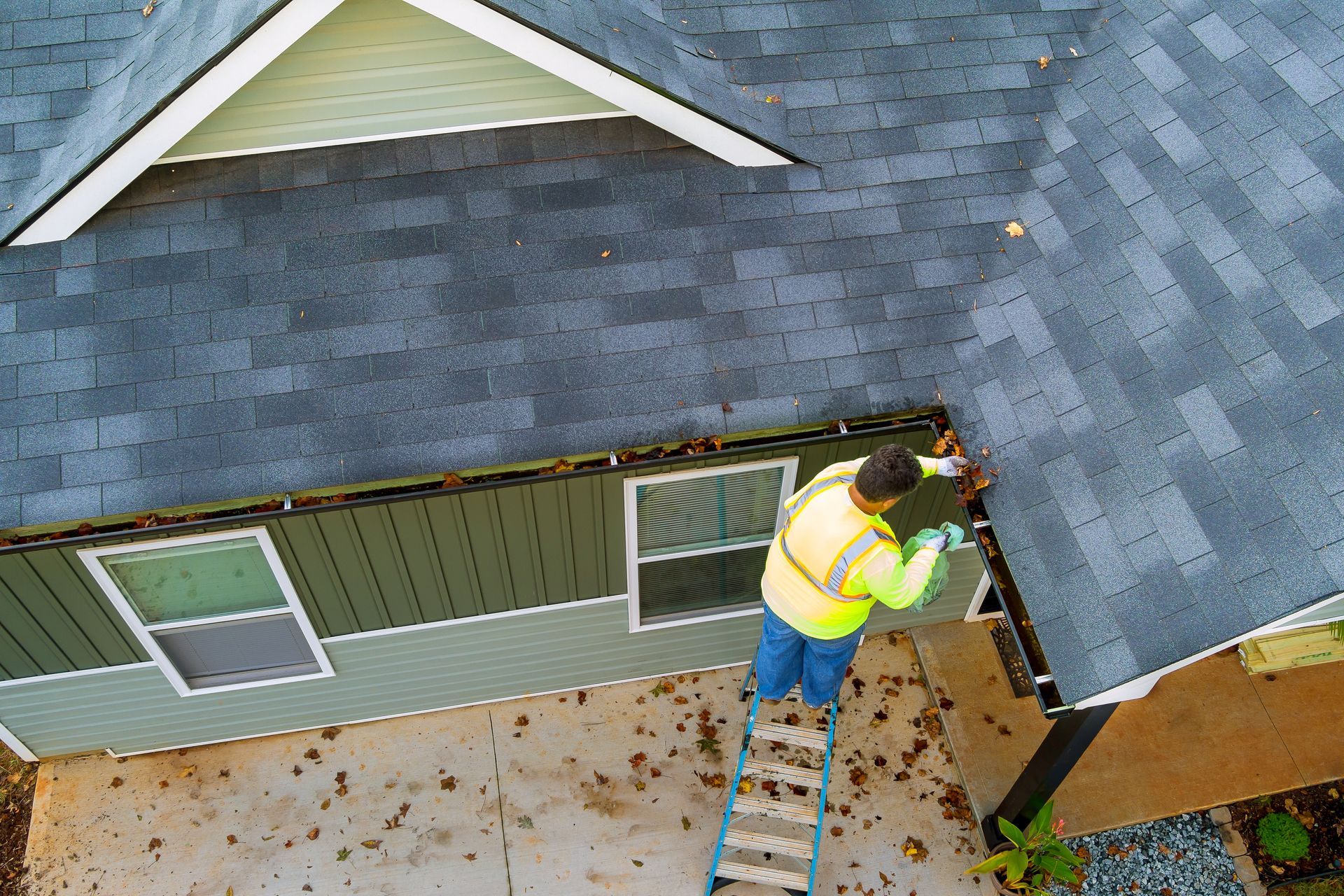Choosing the Perfect Roof Style: A Guide to Design, Functionality, and Durability
The roof is not only a fundamental component of your home's protective structure but also a significant contributor to its overall aesthetic and curb appeal. With countless design options and materials available, choosing the perfect roof style for your home can seem overwhelming.
As experts in providing top-tier roofing, siding, gutters, and carpentry services, we have curated a comprehensive guide to assist you in selecting a roof style that flawlessly combines design, functionality, and durability, ensuring your home remains stylish and well-protected for years to come.
In this blog post, we will dive deep into the world of roof styles, describing various traditional and contemporary options suitable for different architectural designs, climates, and preferences. From classic gable and hipped roofs to modern flat and butterfly designs, we'll equip you with the knowledge necessary to make an informed decision that caters to your tastes while meeting your home's functional needs.
Roof Styles: Exploring Aesthetic and Structural Variations
Understanding the various roof styles and their suitability for different home designs is essential to inform your decision-making process. Let's discuss some popular roof styles and their attributes:
1. Gable Roofs: Also known as pitched roofs, gable roofs are identifiable by their simple triangular shape. This style is ideal for areas with heavy rainfall or snowfall, as the steep slope allows for efficient water runoff. Gable roofs can be customized through variations like cross gable and Dutch gable designs, presenting ample opportunities to enhance curb appeal.
2. Hipped Roofs: Featuring sloping sides that connect at the top ridge, hipped roofs provide added stability compared to gable roofs, making them suitable for regions with high winds or hurricane risk. Hipped roofs also offer extra living or storage space through additions like dormers.
3. Flat Roofs: Popular in modern architecture, flat roofs provide a minimalist aesthetic and open up possibilities for rooftop gardens, solar panels, or outdoor living spaces. However, they require extra care to ensure adequate water drainage and waterproofing, particularly in areas with significant precipitation.
4. Butterfly Roofs: Characterized by an inverted V-shape, butterfly roofs provide a striking, contemporary appearance while allowing for increased natural light and ventilation. They can also accommodate rainwater collection systems, promoting eco-friendliness and sustainability.
Roofing Materials: Balancing Style, Functionality, and Durability
After selecting your desired roof style, consider the following materials to match your aesthetic and performance needs:
1. Asphalt Shingles: Considered the most popular roofing material in America, asphalt shingles are budget-friendly and offer easy installation. They come in various colors and styles, including options that mimic wood, tile, or slate. However, asphalt shingles may not provide the same durability or lifespan as other materials.
2. Metal Roofing: Metal roofs are known for their durability, energy efficiency, and fire-resistant qualities. Available in various materials like aluminum, copper, and steel, metal roofing can mimic traditional shingles or feature a sleek, modern look. While costing more initially, metal roofs typically offer a longer lifespan and lower maintenance needs.
3. Tile Roofing: Clay or concrete tiles provide an upscale, Mediterranean aesthetic and exceptional durability under extreme weather conditions. Tile roofing also boasts energy efficiency and fire resistance. However, this material can be heavy, requiring additional structural support and professional installation.
4. Wood Shingles and Shakes: For a traditional, rustic appearance, wood shingles or shakes are a popular option. These materials can provide natural insulation and resist harsh weather conditions, but they require regular maintenance to prevent rot, warping, and insects.
Selecting a Roofing Contractor: Experience, Credentials, and Reputation
Ensure the success of your roofing project by considering these key factors when choosing a contractor:
1. Experience: Look for contractors with extensive experience in installing or repairing your chosen roof style and material. Their expertise will ensure proper installation techniques and adherence to industry standards.
2. Licensing and Certification: Verify that potential contractors hold valid licenses and certifications from relevant organizations, such as the National Roofing Contractors Association (NRCA) or the Better Business Bureau (BBB). These qualifications indicate professionalism and adherence to industry standards.
3. References and Reviews: Seek references from friends, family, or online review platforms to gauge a contractor's reputation, reliability, and quality of work. Additionally, request a portfolio of their completed projects to assess their craftsmanship and attention to detail.
4. Warranty and Insurance: Reputable contractors should offer warranties on their work to protect your investment, as well as hold liability insurance and workers' compensation to safeguard both parties in case of accidents or damages.
The Path to Your Ideal Roof: Combining Design, Functionality, and Expertise
Investing time in researching roof styles, materials, and installation considerations will empower you to make informed decisions about your home's roofing needs. By selecting the perfect roof style for your aesthetic preferences and functional requirements, paired with suitable roofing material, you will create a stylish, durable, and efficient home exterior.
When it's time to enlist the help of a roofing expert, look no further than our team at Built 2 Last Contracting. As a trusted source for
Pennsylvania roofing, siding, gutters, and carpentry services, we provide unparalleled expertise, craftsmanship, and customer care, earning your confidence throughout the roofing process. Allow us to be your partners in building a beautifully designed and resilient home that is truly built to last.
